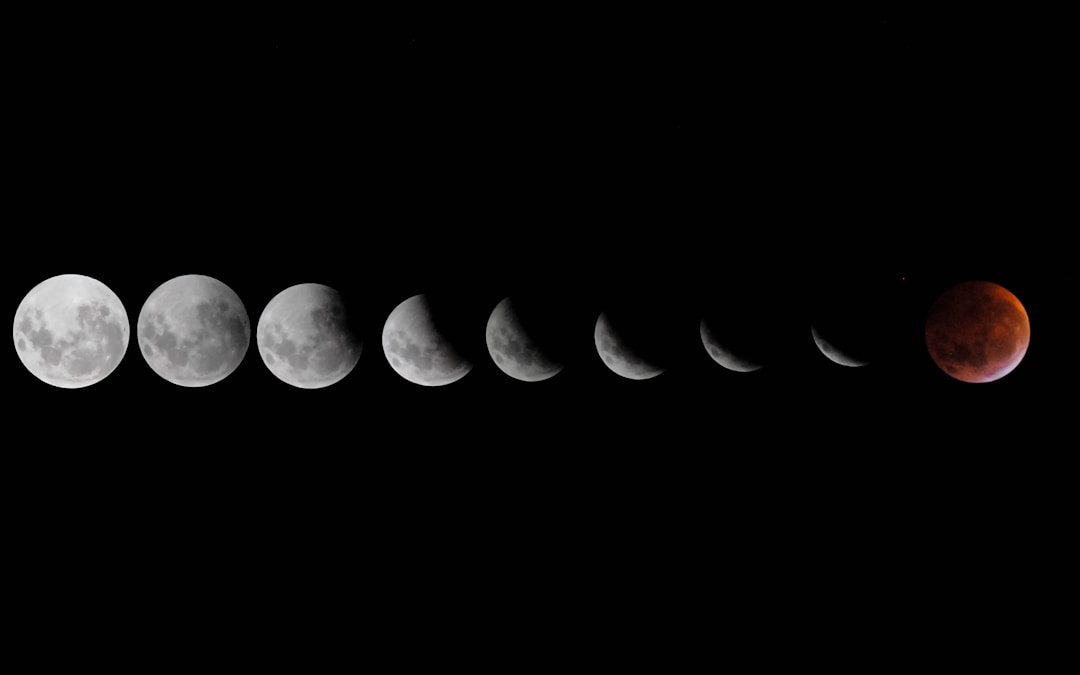The world will witness the century’s longest partial lunar eclipse on Friday, Nov. 19. However, the eclipse will be difficult to observe from the country, the Philippine Atmospheric, Geophysical and Astronomical Services Administration (PAGASA) says.
A lunar eclipse happens when the earth casts a shadow on the moon. The U.S. National Aeronautics and Space Administration (NASA) says that the upcoming lunar eclipse will last for three hours 28 minutes and 24 seconds.
Mik Lumbera of the UP Astronomical Society’s Observation and Instrumentation Cluster explains that the moon will be at its farthest point from earth tomorrow which will result in the historical eclipse.
“Tomorrow, the moon will be close to its apogee – the farthest point of the moon from the Earth. The combination of a partial lunar eclipse and the moon being close or at its apogee is rare; this is the reason why tomorrow’s astronomical event will be long,” he said.
The next partial lunar eclipse with such duration will likely take place on February 8, 2669.
According to PAGASA, the eclipse will begin at 2:03 p.m. and end at 8:04 p.m. (Philippine Standard Time).
However, Filipinos are bound to miss the eclipse since most of its major phases will happen in the midafternoon.
“In the Philippine setting, this eclipse will be difficult to observe because most of the major eclipse phases will occur below the horizon,” PAGASA said.
PAGASA adds that the partial lunar eclipse would have already ended by the time the moon rises at 5:22 p.m.
For those who would like to observe the last phases of the eclipse, PAGASA notes that no protective eye filter is needed, unlike in solar eclipses. Observers may also use binoculars for a better viewing experience.
“The best way to observe the event is to have a clear view of the horizon on the east side because it is where the moon will rise,” Lumbera said. DZUP

